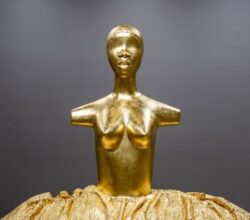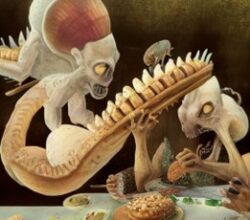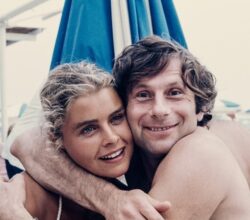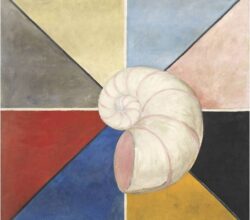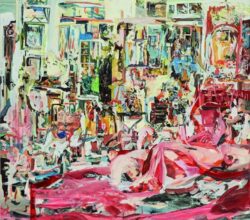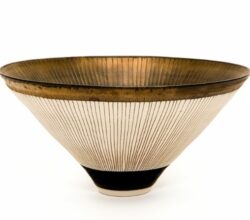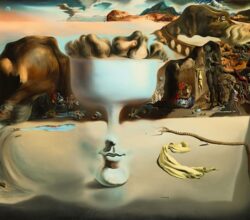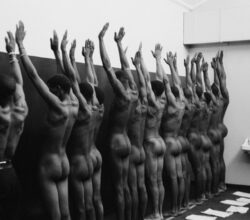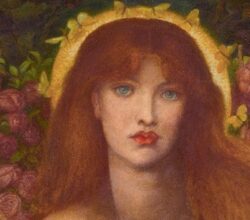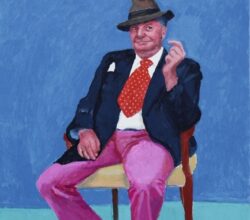
A brush with genius: Barry Humphries on sitting for David Hockney RA
Barry Humphries | Royal Academy | 15th June 2016
Besides being an acclaimed comedian and satirist, Humphries was a knowledgeable supporter of the visual arts. Normally, this would be insufficient to attract the attention of The Easel. However, Humphries’ deft essay on sitting for a David Hockney portrait provides a suitable opportunity to mark the passing of a great talent.

